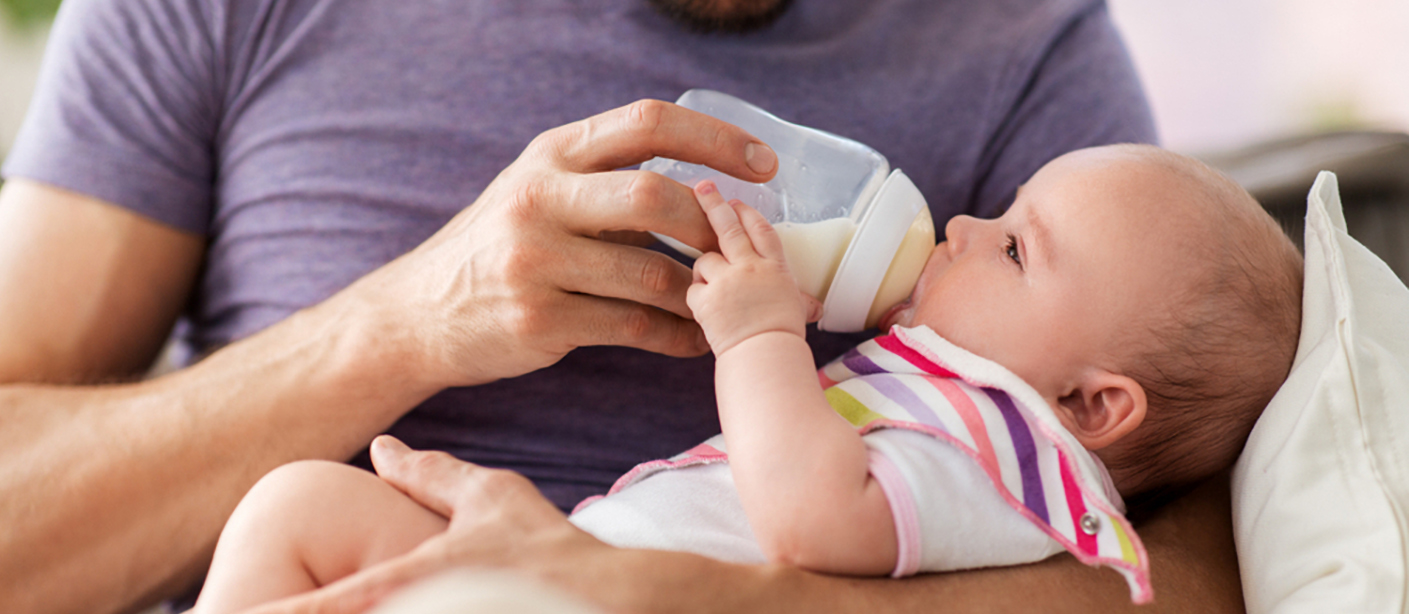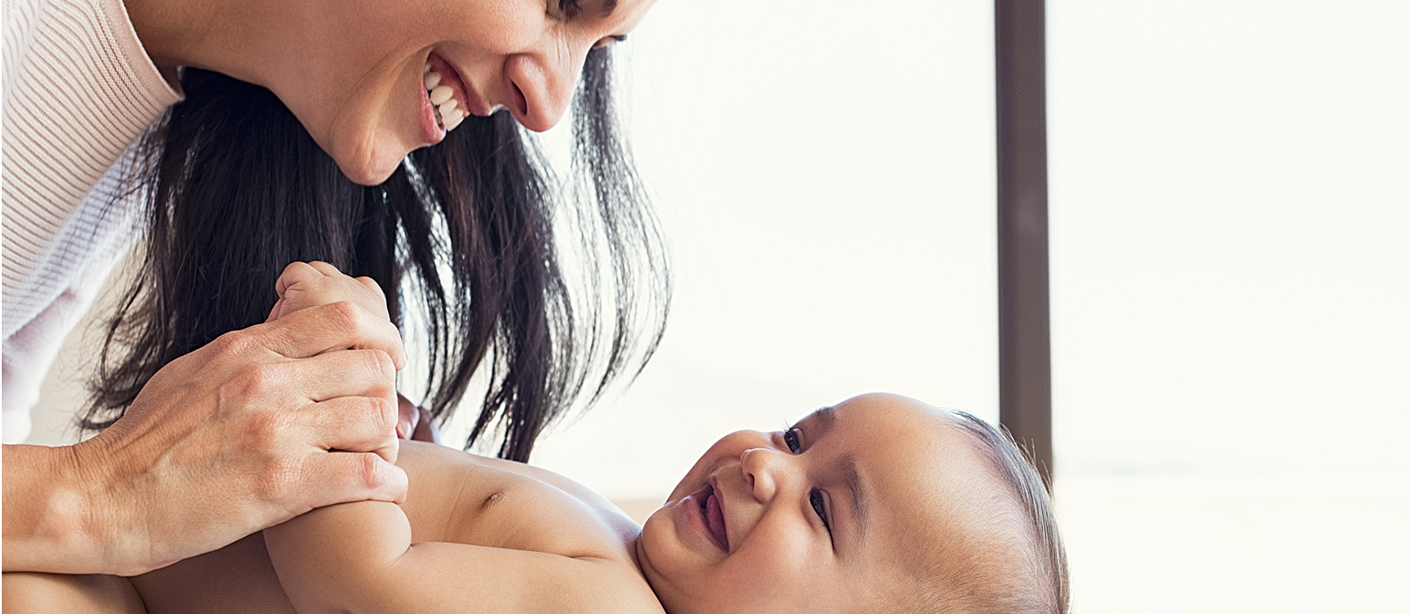It is a big step to transition from breastfeeding or bottle feeding to the first solid foods. There are various methods for doing so — some parents prefer starting with purees while other parents use the baby-led weaning method. This article will discuss the process of transitioning to pureed foods, specifically. Here's how to know when it's time to begin.
Key Milestones to Look For
When your baby is about 6 months old, you can start thinking about introducing solid foods. It's perfectly normal, however, if your baby is not quite ready at that time. Remember that every baby's development is different.
Pediatricians generally recommend starting solids when a baby shows signs of developmental readiness. And, of course, discuss these milestones and any concerns you may have about your baby's readiness with your baby's pediatrician before starting solids.
These mealtime milestones may mean your baby is developmentally ready to try solid foods:
- Current weight is approximately double their birth weight.
- Acts hungry and unsatisfied after drinking formula or breast milk.
- Able to control their head and neck.
- Sits up without support or in a highchair.
- Shows interest in watching you eat.
- Starts to grab objects and raise them to their mouth.
- Able to move food to the back of the tongue rather than pushing it forward.
Which Solid Foods to Start With
The word "solid" is a little misleading. In the context of introductory foods, solid food means pureed foods or cereals with a porridge-like consistency. These foods should be smooth in texture without any lumps to prevent choking. Your baby is not ready for hard solid foods like apples, cucumbers or chicken until much later. That said, it's important to start with pureed foods and go slowly, before gradually moving on to more complex food textures as your baby becomes more skilled with eating.
These are popular solid foods to get you and your baby started:
- Iron-fortified cereals
- Pureed meat (fully cooked beef, pork or chicken)
- Pureed legumes (black beans, edamame or chickpeas)
- Pureed fruits (bananas, peaches or pears)
- Cooked and pureed vegetables (carrots, squash or sweet potatoes)
- Prepared baby food
Getting Started on Solid Foods
When introducing the first solid foods for baby, your baby's pediatrician may recommend that you only introduce one new food every few days. This allows you to observe your baby for any allergic reactions or other signs of food intolerance.
Before offering solids, first feed your baby breast milk or formula. Then, offer a small amount of solid food — about half a spoonful. See if your baby opens their mouth for it, and watch as they swallow. They might react positively and want more after their first bite. Only give them a few teaspoons during the first feeding.
How a baby responds to their first foods varies. For some, they may take to solid foods right away while others may take time to feel comfortable or interested. Don't be concerned if your baby does not appear interested right away. Signs that your baby may not have interest include turning their head away, clamping their mouth shut or crying. If this occurs, stop the feeding. Allow your baby to go back to breast or bottle feeding and try again later. Also, take note that your baby's stooling, such as color, consistency and frequency, may change. This is common as you transition to solid foods.
Navigating the Transition to Solid Foods and Beyond
You may notice that your baby might prefer certain foods to others. This is common. Some babies do well with fruits, others with vegetables, others with cereals; don't worry if your baby is showing a preference for one or the other at this age. It may take eight or more repeat exposures for a baby to accept certain flavors and textures. If you have questions about how your baby should be eating or how to ensure that they are eating a variety, talk to your baby's pediatrician.
Over time, you may find that your baby is ready and eager to try finger foods. At this point, you may want to offer foods that they can easily pick up and are soft enough to chew, such as mushy fruits, cooked and chopped vegetables, shredded cheese or cooked ground meat. During this time, you can also let your baby try to feed themselves with a spoon. They might be unsure about feeding themselves at first, but this will sort itself out as your baby becomes more comfortable with the concept.
Throughout the entire journey, closely monitor your baby's cues. They will tell you what they need, and over time you will learn what is working and what is not. As always, consult your baby's pediatrician for any questions or concerns about the transition to solid foods and beyond.




Social Share